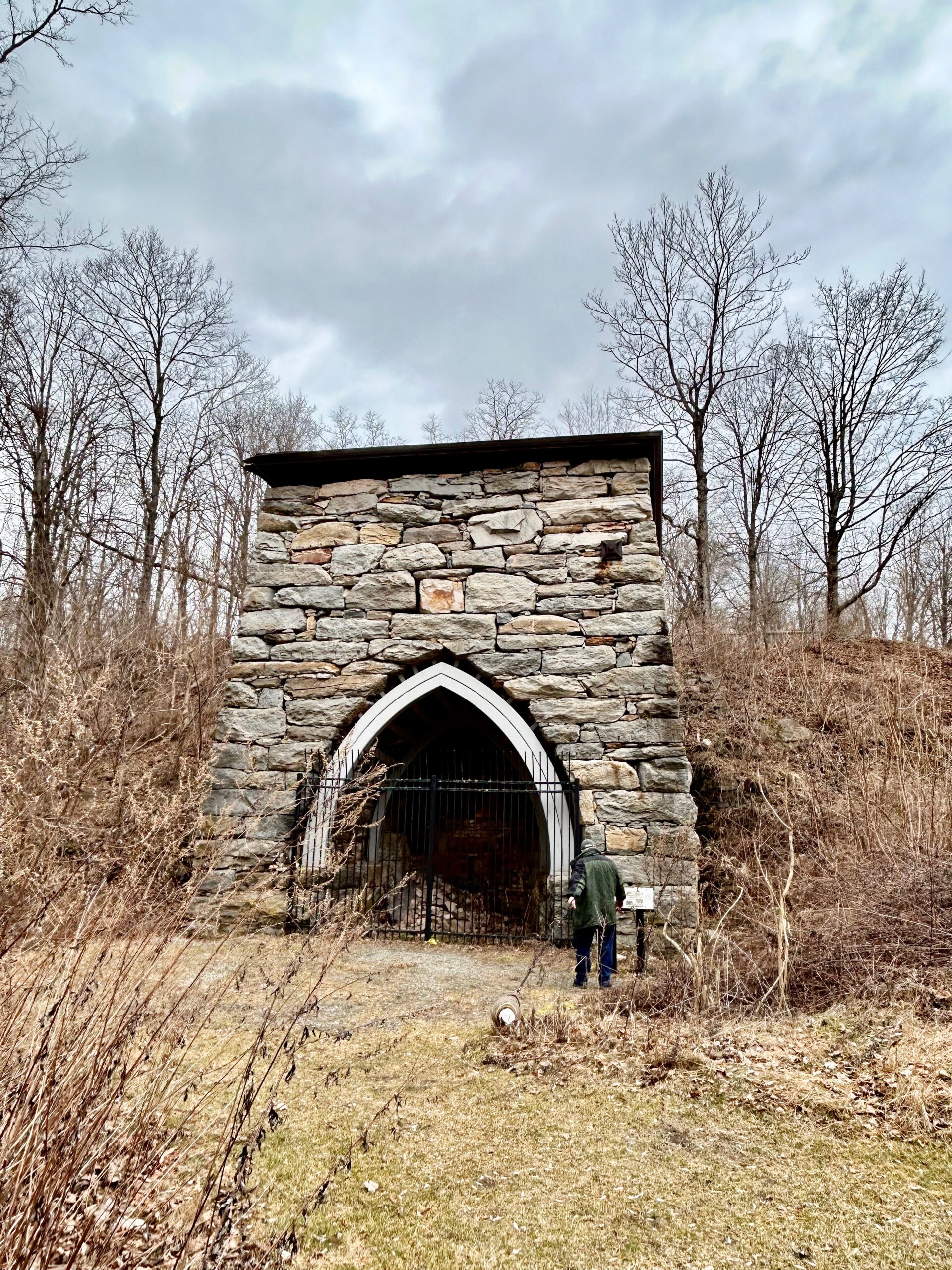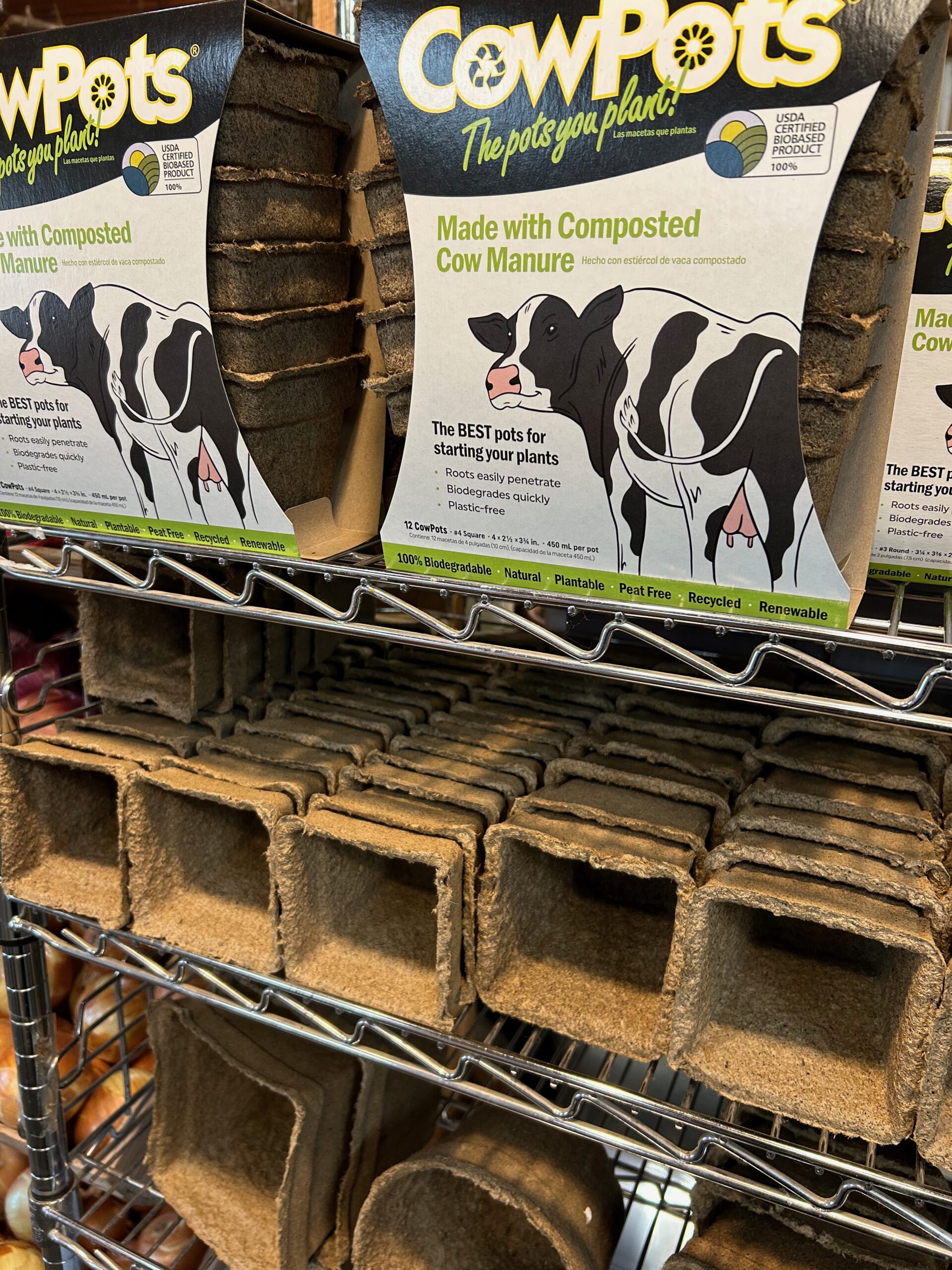CAMA’s Cream Hill School; Eagles & Rivers To Eric Sloane, Kent CT
“To paraphrase William Cowper, democracy works in tardy ways its wonders to perform. It is one of the inevitabilities of a system that demands of public officials that they listen to the people. Sometimes they have to do a tremendous amount of listening before they feel free to act.” Eric Sloane*
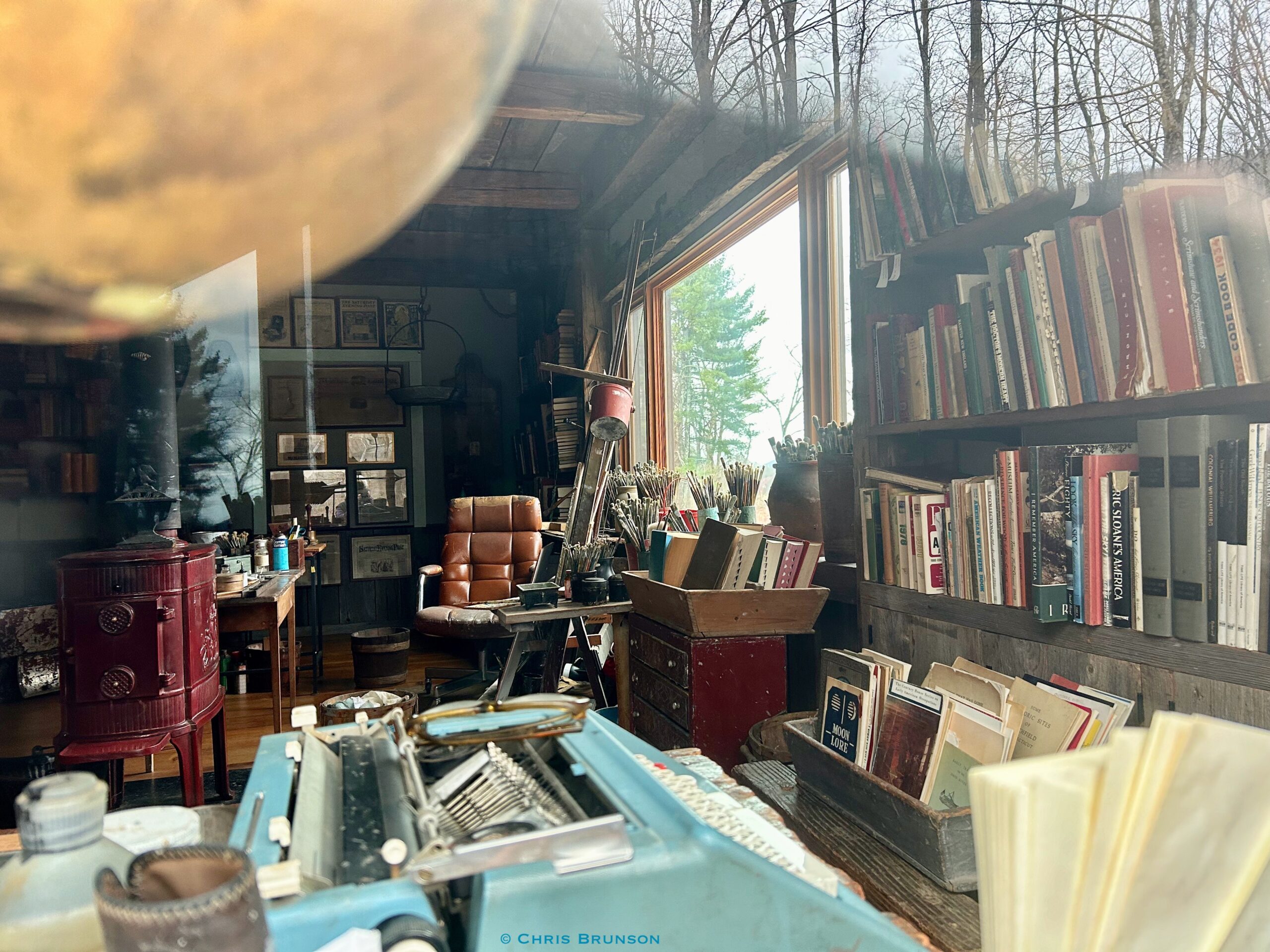
Eric Sloane is gone but not forgotten. His re-created studio, with books and objects that appear in his art, books. Sloane had many interests that included aviation, weather, architecture, tools, so much more.
Up, up, up in elevation, northwest to an area more sparse in population–rugged and beautiful Kent, Connecticut. Along the ride, scanning for bald eagles nesting and soaring, fishing along the rivers here and other places in the state. As a passenger, not driving. (Rachel Carson, you were way ahead of your time, and correct.)
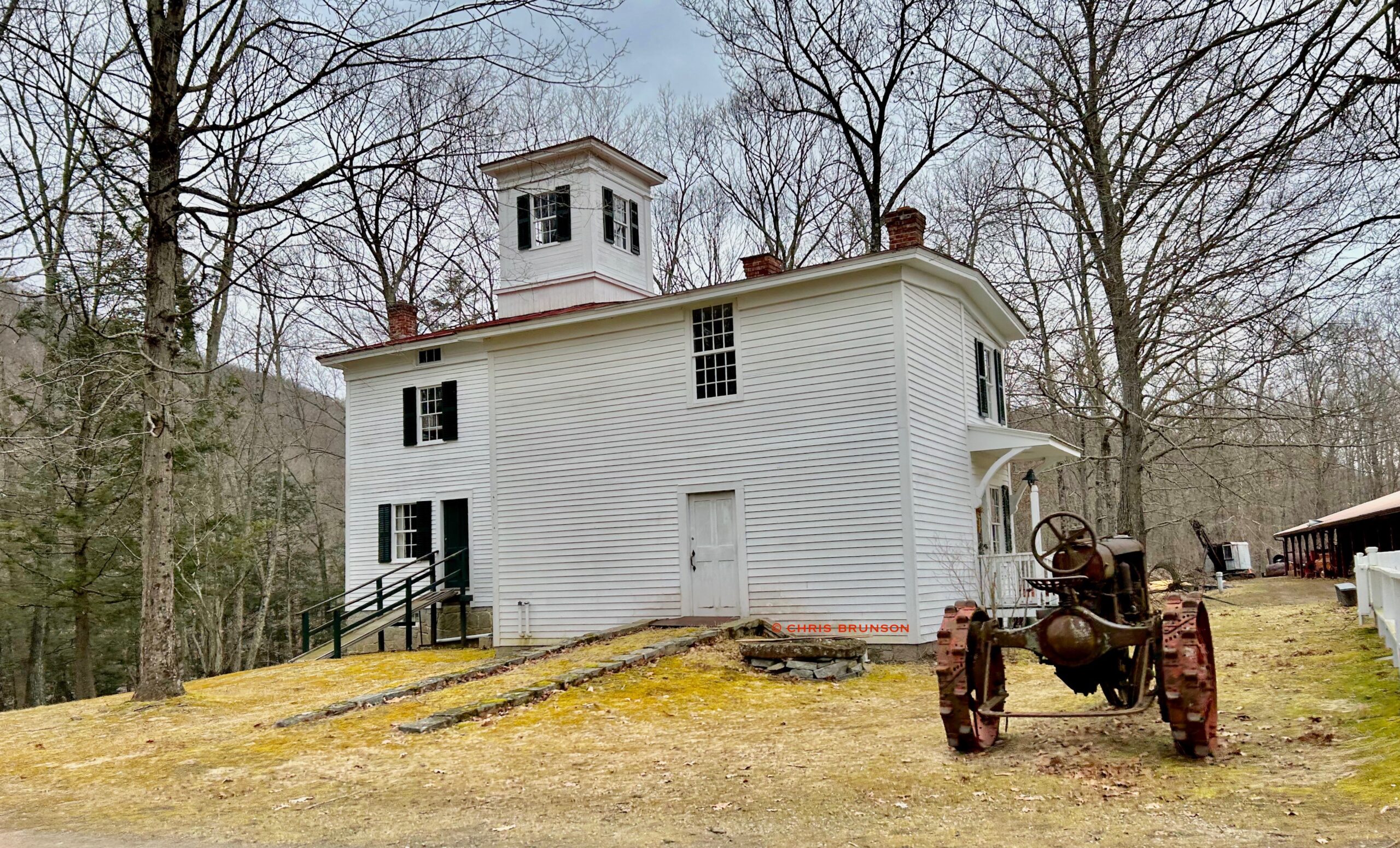
“Founded in 1845 by Dr. Samuel Gold and his son Theodore in Cornwall, CT, this school is one of the earliest schools dedicated to the teaching of scientific agriculture in the United States. Theodore S. Gold, after the death of his father in 1869, closed the Cream Hill Agricultural School. Theodore later became involved as a trustee and served on the subcommittee entrusted with the organization of the Storrs Agricultural School which eventually became the University of Connecticut.”
Agriculture. Artist. Froes, adzes, axes, wedges, shakes; engineering. Sickles and scythes. Sawhorses. Knowledge of trees and how each has a personality so to speak. How the grown wood bends or does not. BTUs to be given up as firewood when harvested or fallen. To be best utilized, to be treasured as gifts for those who listen.
An entryway road leads to Connecticut Antique Machinery Association (CAMA) grounds (closed for winter) and much history. (Will return to tour the buildings when open.)
The Cream Hill Agricultural School founded in 1845 in Cornwall, Connecticut; disassembled, moved, and re-assembled at CAMA‘s site in Kent, CT in 1994. “One of the earliest schools dedicated to the teaching of scientific agriculture in the United States.”
Curious? Turn at the black locomotive, Route 7. Yep, that one.
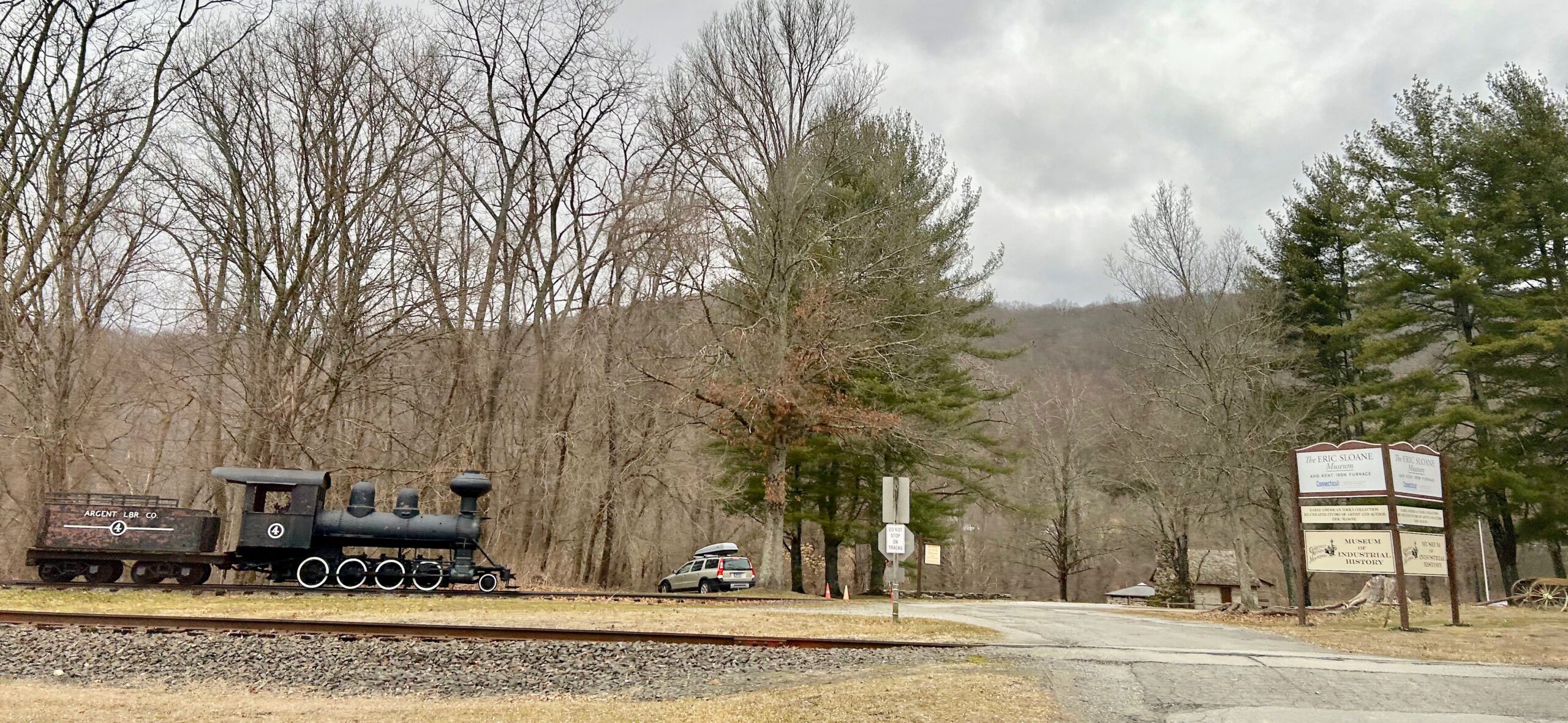
This handsome black locomotive is a landmark in Kent, CT, entrance to the Eric Sloane Museum and alongside Connecticut Antique Machinery Association campus (not open in winter). The grounds for the Sloane museum are open for walking around and looking. A stone-built blast furnace, the cabin and interpretive signage along the way make it a great winter destination. Also, Kent Falls is not far away.
For a small-in-size state, Connecticut landscapes range from rolling pastures with stone walls with shagback hickories and black walnuts to mark lines of property to ancient basalt hills framing cities. Along the route are outwash plains, glacial erratics, not so far from shoreline communities and Long Island Sound. Libraries accessible with one card, oh never taken for granted these riches. Northwest and northeast corners, farms, pastures, livestock, horses. Center of the state robotic-assisted greenhouses (Geremia's in Wallingford) to farm stands with self-service cash boxes (cameras on) and farm stores. Orchards. Rivers, streams (brooks/creeks). Habitats so diverse that seeing a bear, bobcat, eagles is more commonplace. Suburbs, ex-burbs. Cemeteries, cities of the dead, stories untold. Museums, brown signs pointing to places to bookmark and visit but not today. (Pikes purchased by John Brown, Collinsville. Connected to Harper's Ferry, West by God Virginia.) Observed: Electric bicycle stores. Calf coops, a couple of dairy farms. Some beefers out on pasture. Mud. Scraps of plowed snow before that most recent storm.
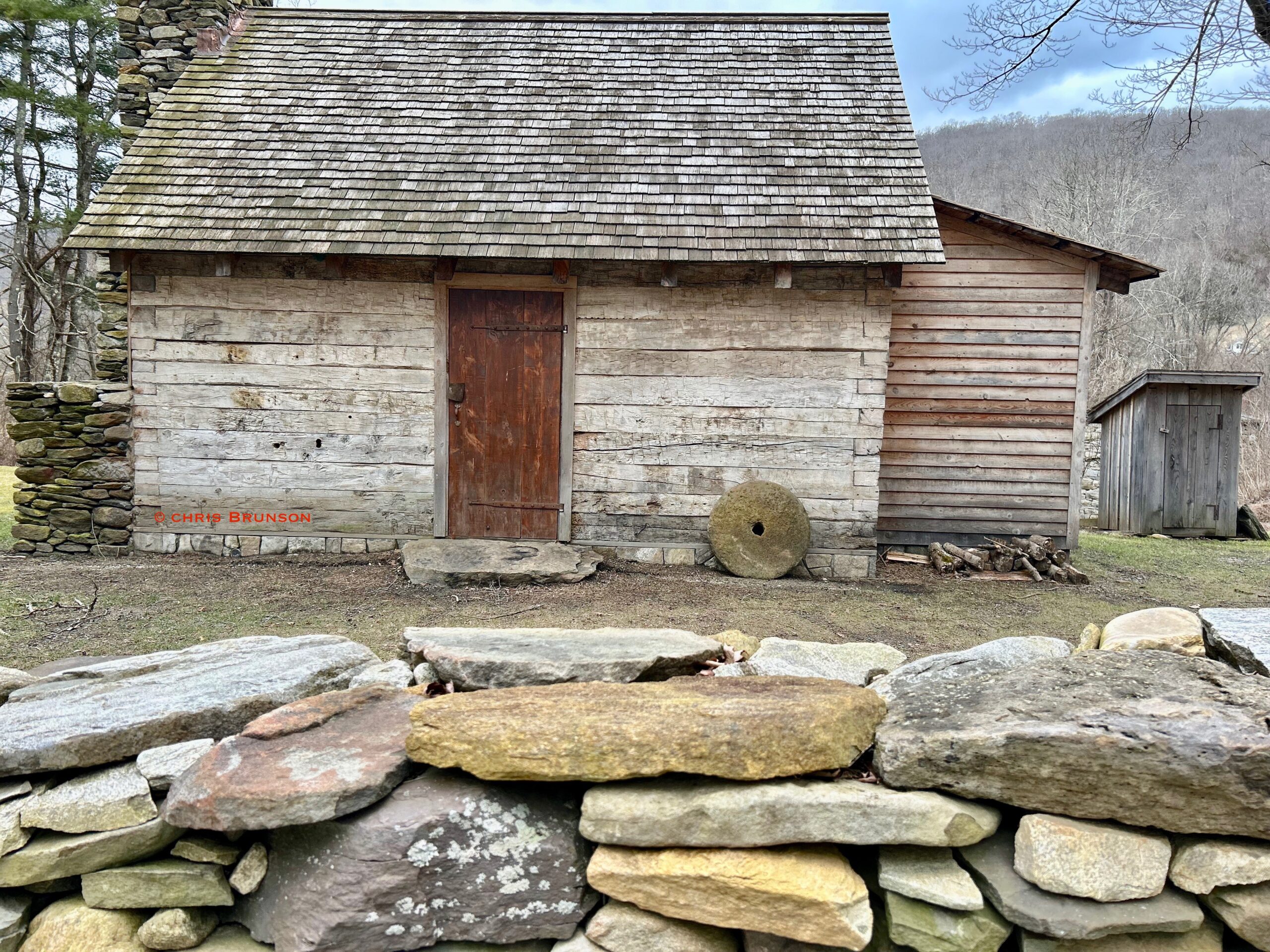
Some visitors may not realize the story of this structure (redone recently) is Noah Bake's cabin, as detailed in “Diary of an Early American Boy” by Eric Sloane; follow along to read the illustrated diary of Noah Blake, who was 15 in 1805. the cabin is but one of the sights to see in Kent, Connecticut.
For more about Sloane's life and work, and his incredible view of Chauncey Peak and the ancient rift valley that is contained in his mural in Meriden, CT, visit this link/story.
A destination while out and about: Freund's Farm Market and Bakery, cider donuts, yum.
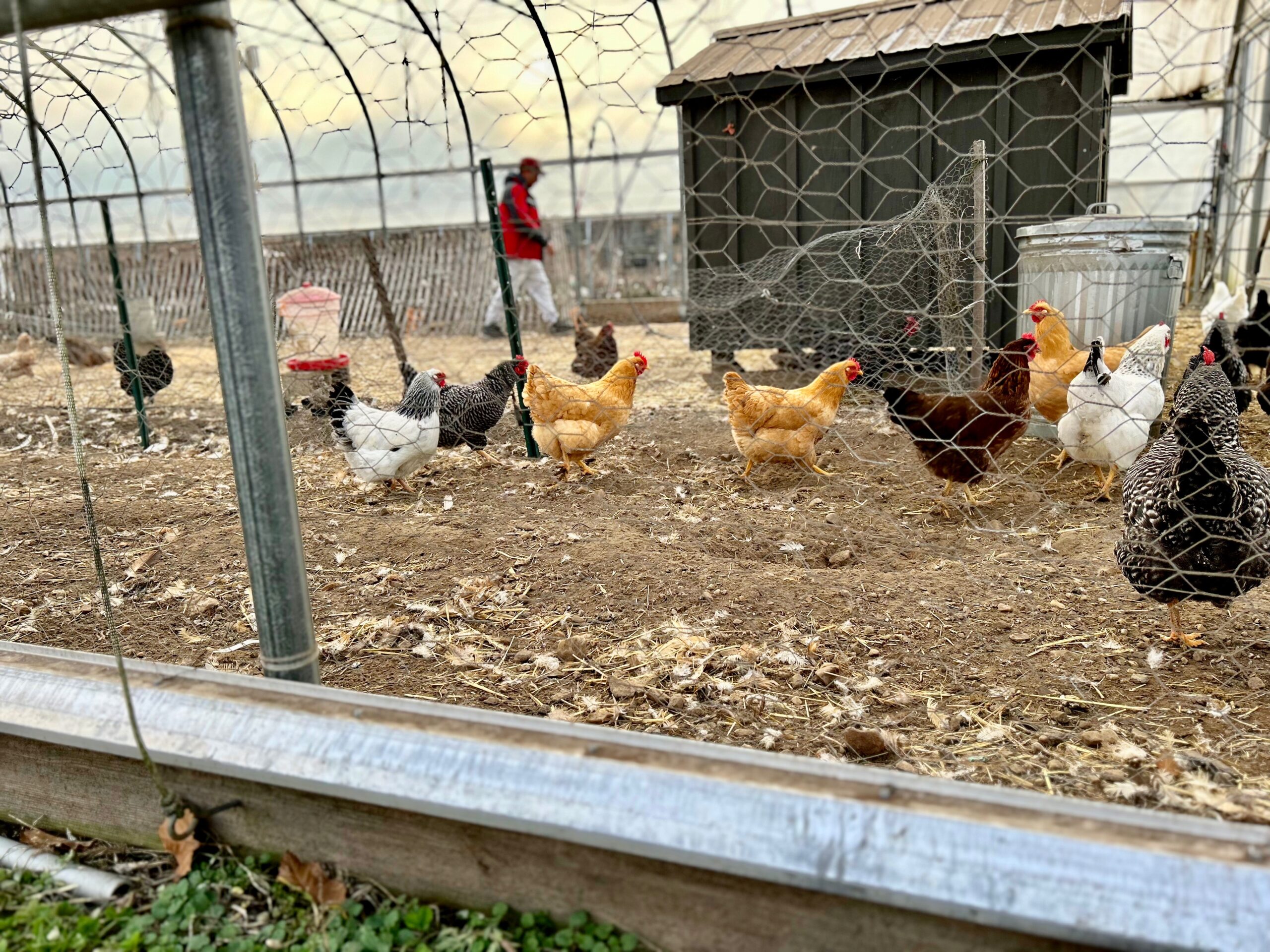
Wintering chickens at Freund's Farm Market & Bakery, East Canaan. A must stop as the bakery offers delicious treats and the farm store is well stocked with soups to go, many delectable goods.
Also where ingenuity gave rise to the invention of CowPots.
From yard birds to bald eagles is a jump, but the latter species? Not easy to spot without experience.
To school the eye to spot bald eagles in each phase of their life (juveniles do not have the white-feathered head), consider a cruise on the river, the lower Connecticut River to be precise, in this season of no leaves, bare trees. Hosted by the Connecticut River Museum, ride the river to spot wildlife and hear details about each species. (The conversations with fellow passengers adds to the outing.)

Bald eagle, Connecticut River. Courtesy of RiverQuest, CT River Museum, this image is linked to the site where visitors may book cruises on the river.
“In the past, we have spotted up to a record 41 eagles, three types of grebes, fox, three types of swans, three types of mergansers, many different gulls, loons, a golden eagle, coyote, deer, many hawk species, three types of seals, and even a bobcat. We will have Naturalists on board to narrate and make sure you don’t miss a thing!”
RiverQuest has a heated cabin to warm up or just sit and admire the views with a complimentary cup of hot coffee or tea. Do dress in warm layers to enjoy the open decks. Binoculars are provided, or you can bring your own. Fee is $45 (many dates are already sold out, so book early); book online. Also view other offings such as April 8, a Connecticut River Partial Eclipse Cruise. (Don't miss the book/gift shop at the museum.)
“Only 30 years ago, you were considered lucky to catch a glimpse of a Bald Eagle in Connecticut. Although DDT was banned in the 1970s, recovery has been a slow process with the population of Bald Eagles steadily increasing since the 1990s. In 1994, there was only one active nesting territory in Connecticut. Today, Bald Eagle nests can be found throughout the state of Connecticut.”–Audubon Connecticut (link to places to spot eagles).
“Ask the questions.”
➡️ Jodie Foster as Police Chief Liz Danvers, Night Country. pic.twitter.com/w90A8dWshX
— Moo Dog Press (@MooDogPress) February 15, 2024
"Dozens of Mohegan tribal leaders, including U.S. Treasurer Lynn Malerba, the tribe’s ceremonial chief, will attend next month’s official grand opening of Inspire, the tribe’s nearly $1.7 billion resort in Incheon, South Korea." Read more here: https://t.co/e6jtY0KQ4J
— Mohegan Forward (@MoheganForward) February 15, 2024
For more on Eric Sloane, a listing of his books, art, life, see Weather Hill Farm https://weatherhillfarm.com/research-2/. And/or Eric Sloane Estate, https://ericsloaneestate.com/eric-sloane-books.html. (His books reveal their author; read, learn, ponder his life and work.)
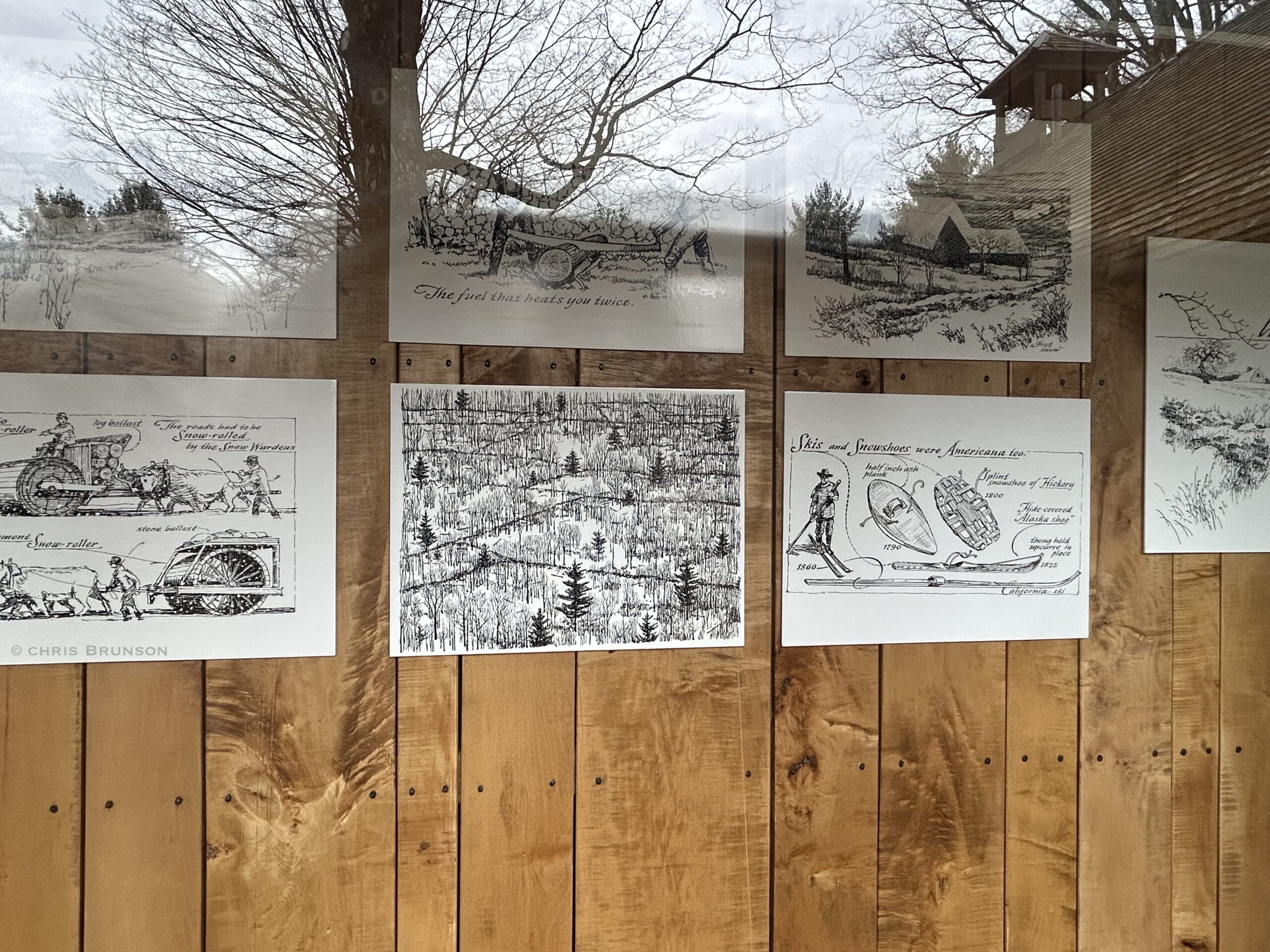
Eric Sloane and his distinctive font, artwork, looking in. The museum is closed in winter but the grounds are open.
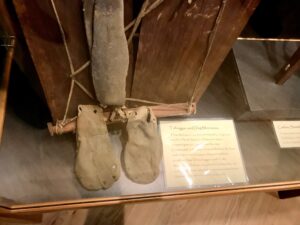
A snow adaptation, Tantaquidgeon Museum and dog moccasins. For those who have walked snow with a dog over long distances, these would be quite useful. Image linked to story.
*Mr. Daniels and the Grange by Eric Sloane and Edward Anthony with a foreword by Sec. Stewart Udall (1968). Also see https://www.moodogpress.com/category/the-business-of-life-opportunities-economics/
Editor's note: This story has been updated.

